Yandang Mountain, the first batch of national key scenic spots, has the titles of "Sanitary Mountain, Safe Mountain, Civilized Mountain", National Civilized Scenic Spot, National AAAAA Tourist Spot, National Civilized Scenic Spot Demonstration Site and "World Geopark". Located in Yueqing City, Zhejiang Province, China, part of it is located in Yongjia County and Wenling City. Because the main peak of Yanhu hill is covered with reeds, the autumn geese flying south every year live here, hence the name "Yandang Mountain".
Yandang Mountain has eight scenic spots, Lingfeng, Lingyan, Dalonghuang, Sanzhuang Waterfall, Yanhu, Xianshengmen, Yangjiao Cave and Xianqiao, with more than 500 scenic spots. It is known at home and abroad for its unique strange peaks and rocks, waterfalls and flowing springs, ancient caves and abnormal caves, Xiongzhang Shengmen and Ningcui Bitan. It is known as "the first mountain in Southeast China" and "the first mountain in the sea. Among them, Lingfeng, Lingyan and Dalonghuang are known as the "three wonders of Yandang". Lingfeng Night Scene of Yandang Mountain, Lingyan Feidu is its two special landscapes. Because there are lakes on the top of the mountain, reeds are dense, grass is swaying, and the Goose Goose of South Guizhou mostly live here, so it is called Goose Goose Dang.
In 1982, it was designated as the first batch of national key scenic spots by the State Council.
Yandang Mountain was named National Geopark in 2004.
It was named World Geopark in early 2005.
Yandang Mountain was named National Geopark in 2004 and World Geopark in early 2005.
On September 9, 2013, Yandangshan World Geopark successfully won the green card and was confirmed to continue to be a member of the World Geopark Network in the next four years. So far, Yandangshan World Geopark has passed the second mid-term assessment smoothly.
In January 2014, Yandangshan National Forest Park was named "the most popular and beautiful forest tourism scenic spot in China in 2013" in a series of activities sponsored by China Forest Tourism Network, China Forestry Society Forest Park Branch and Netease, in which netizens participated in the voting.
Yandangshan, located in Yueqing City, Wenzhou City, Zhejiang Province, China, is partly located in Yongjia County and Wenling City. It is about 300 kilometers from Hangzhou and 70 kilometers from Wenzhou. The total area is 450 square kilometers. Yandang Mountain system stretches for hundreds of kilometers. It can be divided into North Yandang Mountain, Middle Yandang Mountain, South Yandang Mountain, West Yandang Mountain (Zeya) and East Yandang Mountain (Dongtou Banping Mountain) according to geographical location.
Yandangshan specialty dishes are mainly seafood. The eight famous local dishes are: chicken minced perfume, clam tofu soup (known as "the first freshness in the world"), Panlong opera Pearl (made of eels in Yandangshan), beautiful yellow croaker, green shrimp, steamed sea crab and Yandang stone frog (rare in summer and autumn). Food, potato game pot (rabbit and potato stew).
Yandang snacks are famous for their snails, sweet potato vermicelli soup, Yandang pancakes, rice vermicelli noodles, fennel-flavored dried tofu, mung bean noodles and so on. In the Qingming Festival, you can taste the local Yandang Qingming bait.
Fragrant fish, prawns, clams, oysters are the local abound aquatic products. Local specialties are Yanming tea, Yandangshan Sydney, Dendrobium, fragrant cakes, winter rice sugar and so on. Crafts include boxwood carving, hemp weaving and straw weaving.
The large-scale peculiar landscape image of Yandang Mountain gives poets, painters and scholars strong aesthetic inspiration and inspiration. His poems and paintings left behind a large number of works, including more than 5000 poems, more than 400 cliff stone carvings such as Longbidong, as well as historical sites such as Nange archway. Shi Yuanfu of the Qing Dynasty put forward the "mountain tour theory" ten years after he visited the dormitory Yandang Mountains, which is a summary of the experience of the spiritual and cultural activities of returning to nature in ancient Chinese landscape tour activities and contacting with the spirit of nature, which is consistent with the "mountain tour theory" proposed by Wei Yuan, a scholar in the late Qing Dynasty.
The annual average temperature is 17.5 degrees Celsius, the hottest July average temperature is 27 degrees Celsius, and the coldest January average temperature is 5 degrees Celsius. It can be said that there is no cold in winter, no hot summer in summer, and the climate is pleasant.
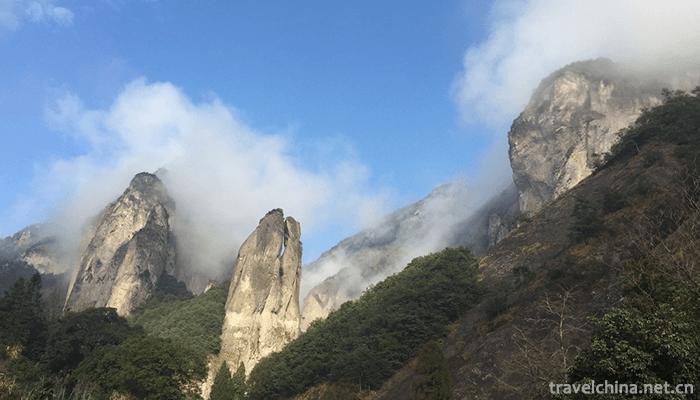

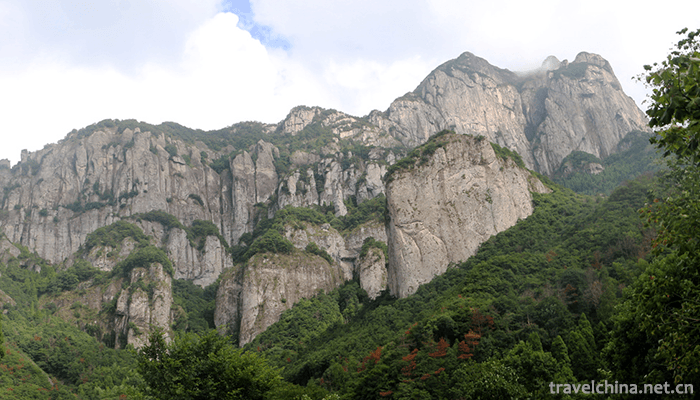

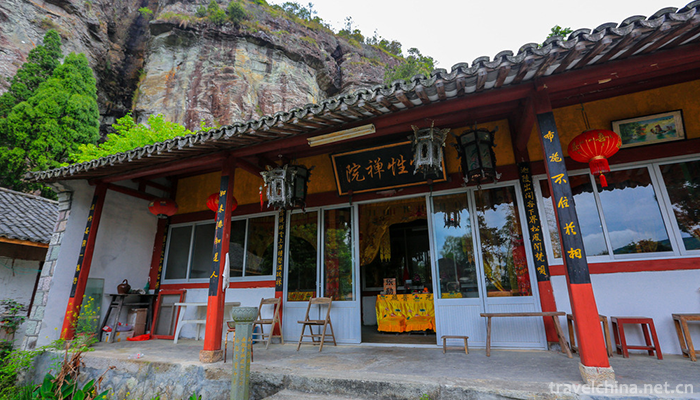

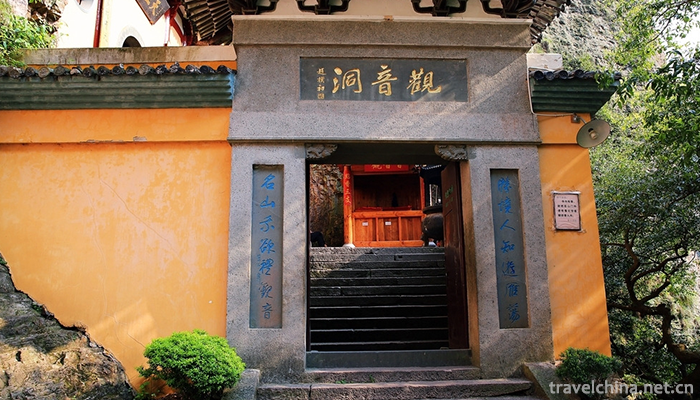
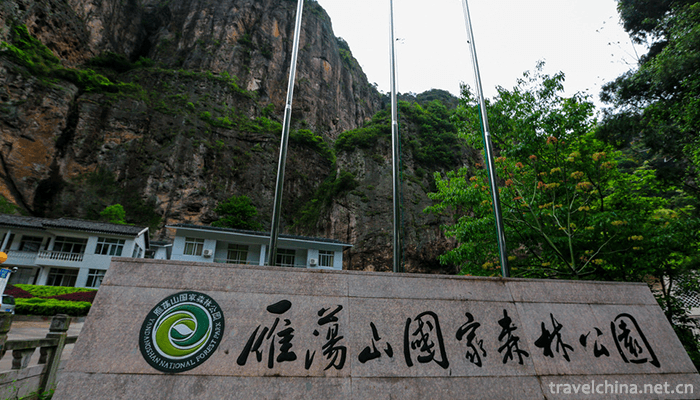
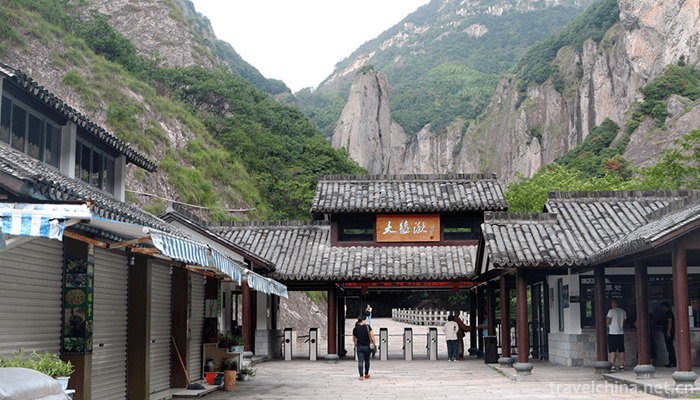
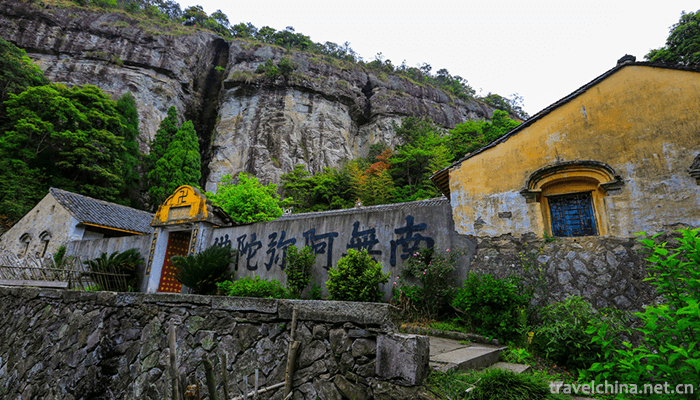
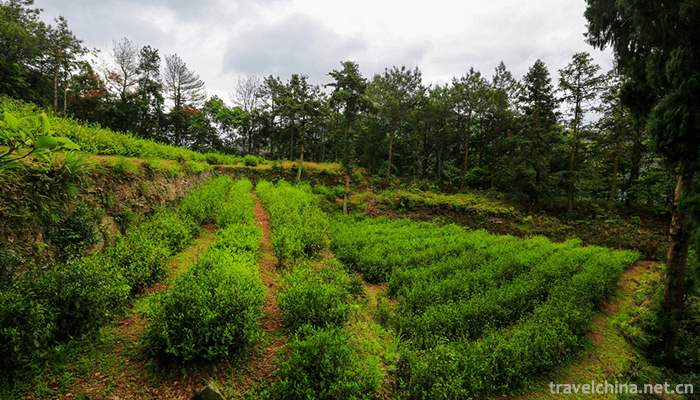

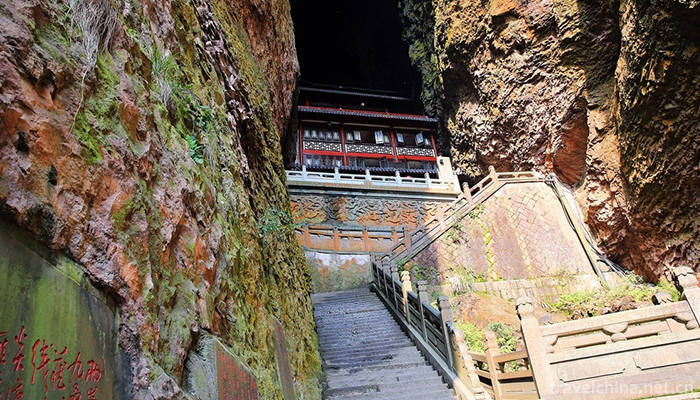
0 Questions
Ask a Question
Your email address will not be published.